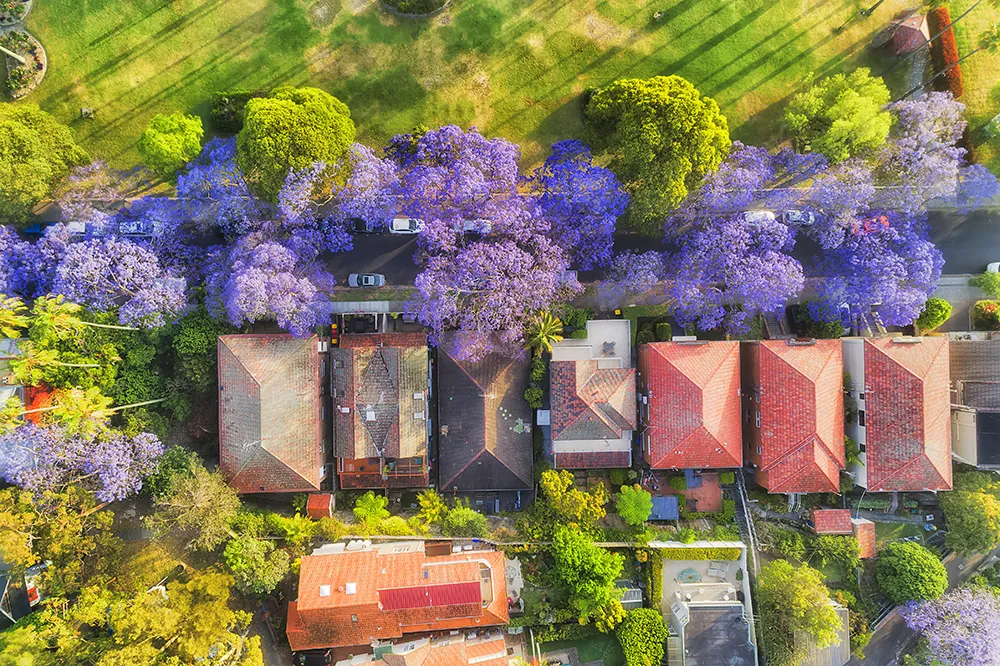Construction has begun on a US$10.7 million pedestrian and cycling bridge over one of Africa's busiest highways in Johannesburg. ‘The Great Walk Bridge’ will form part of a dedicated five kilometre pedestrian and cycling path from the heart of Alexandra to the centre of the Sandton central business district - providing a quicker, safer route for the estimated 10,000 people who walk or cycle between the two areas daily. Construction, which is being implemented by the Johannesburg Development Agency (JDA) on
March 9, 2015
Read time: 2 mins
Construction has begun on a US$10.7 million pedestrian and cycling bridge over one of Africa's busiest highways in Johannesburg.
‘The Great Walk Bridge’ will form part of a dedicated five kilometre pedestrian and cycling path from the heart of Alexandra to the centre of the Sandton central business district - providing a quicker, safer route for the estimated 10,000 people who walk or cycle between the two areas daily.
Construction, which is being implemented by the Johannesburg Development Agency (7362 JDA) on behalf of the City of Johannesburg, is due to be completed by October 2016.
"This project was initiated after a transport study indicated that as many as 10,000 pedestrians walk to and from Alexandra to employment in Sandton each day," JDA chief executive officer Thanduxolo Mendrew said at the sod-turning ceremony.
The bridge was designed by Royal Haskoning and is being built by Murray AND Roberts, with safety a top priority. It will incorporate three-metre wide pedestrian and cycling pathways separated by barriers from vehicles once it reaches the road. Concrete bollards will be placed on curves to prevent vehicle access.
‘The Great Walk Bridge’ will form part of a dedicated five kilometre pedestrian and cycling path from the heart of Alexandra to the centre of the Sandton central business district - providing a quicker, safer route for the estimated 10,000 people who walk or cycle between the two areas daily.
Construction, which is being implemented by the Johannesburg Development Agency (
"This project was initiated after a transport study indicated that as many as 10,000 pedestrians walk to and from Alexandra to employment in Sandton each day," JDA chief executive officer Thanduxolo Mendrew said at the sod-turning ceremony.
The bridge was designed by Royal Haskoning and is being built by Murray AND Roberts, with safety a top priority. It will incorporate three-metre wide pedestrian and cycling pathways separated by barriers from vehicles once it reaches the road. Concrete bollards will be placed on curves to prevent vehicle access.










